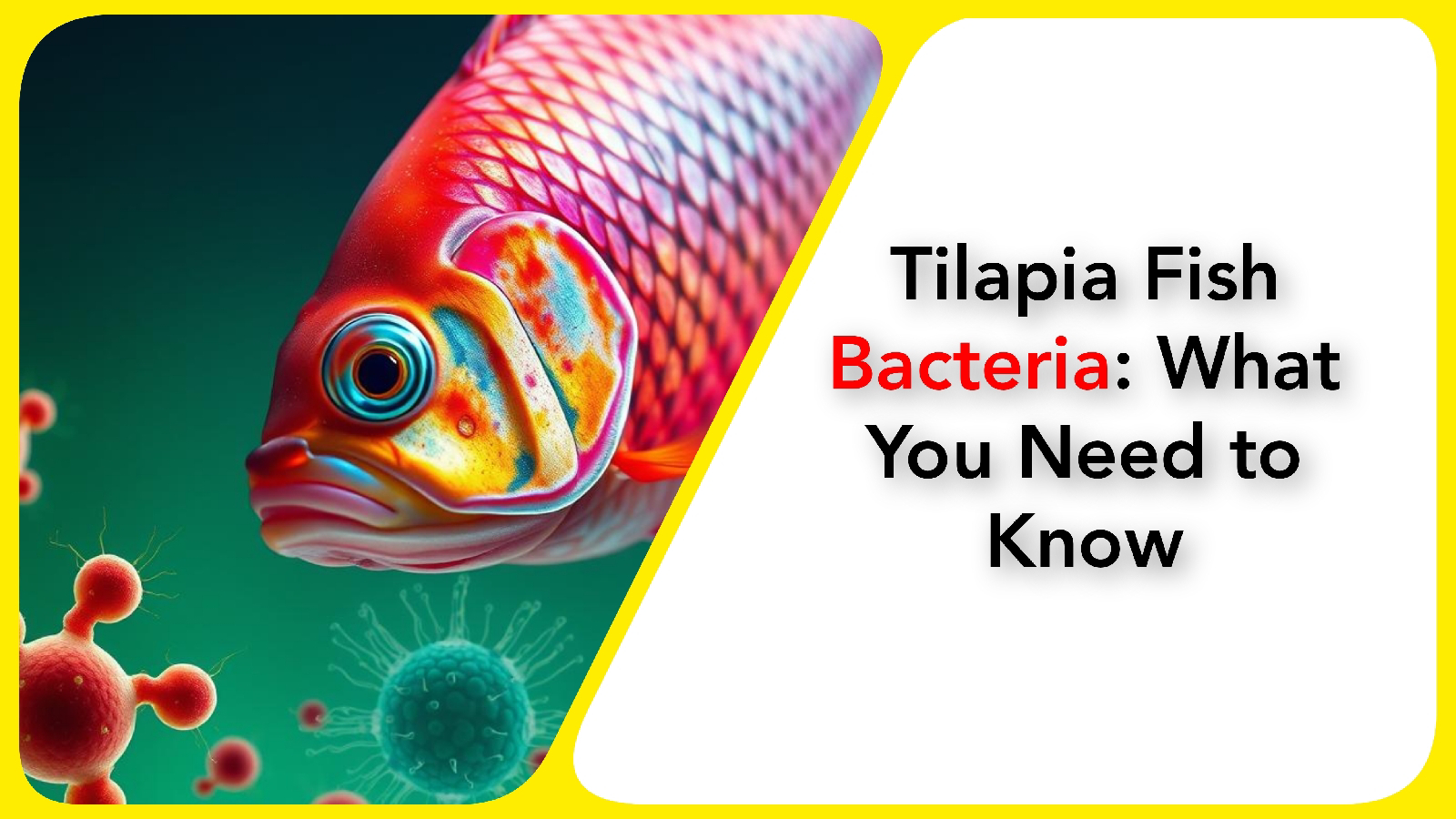Tilapia Fish Bacteria: What You Need to Know
Tilapia Fish Bacteria: Safe Handling and Cooking Practices
To avoid bacterial contamination from tilapia, it's key to handle and cook it right. Always pick fresh, high-quality tilapia and store it well in the fridge. When preparing, wash your hands and clean all surfaces and tools to stop bacteria spread.
Cooking tilapia to an internal temperature of 145°F (63°C) kills bacteria. By following these steps, we can enjoy tilapia's taste safely. Using the right food safety tips, like avoiding cross-contamination and proper cooking, helps us avoid bacterial issues.
Handling and cooking tilapia with care is crucial for enjoying its flavors safely. By being careful and following these practices, we can safely add tilapia to our meals.
FAQ
What types of bacteria are commonly found in tilapia?
Common bacteria in tilapia include Salmonella, Escherichia coli (E. coli), and Vibrio species. These can be harmful if eaten.
What are the potential health concerns associated with tilapia bacteria?
Eating tilapia with harmful bacteria can cause serious issues like diarrhea and vomiting. In severe cases, it can be life-threatening. It's vital to know the risks and take steps to eat safely.
How can we safely handle and cook tilapia to avoid bacteria?
To avoid bacteria, choose fresh, high-quality tilapia. Store it well in the fridge. Wash your hands and all tools thoroughly when preparing it. Cook tilapia to 145°F (63°C) to kill bacteria.
What are the common sources of tilapia bacteria?
Bacteria in tilapia come from poor water quality, bad handling, or cross-contamination. Being careful about where and how tilapia is handled is key to its safety.
How can consumers identify and avoid contaminated tilapia?
Look for fresh tilapia with a bright, shiny look and a clean smell. Avoid any signs of spoilage or discoloration. If unsure, it's safer to not eat it.





Comments
Post a Comment